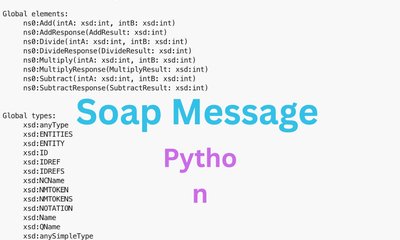By hientd, at: 10:27 Ngày 03 tháng 7 năm 2024
Thời gian đọc ước tính: __READING_TIME__ phút


By hientd, at: 10:27 Ngày 03 tháng 7 năm 2024
Thời gian đọc ước tính: __READING_TIME__ phút


Tháng 3 02, 2024
Đọc thêm